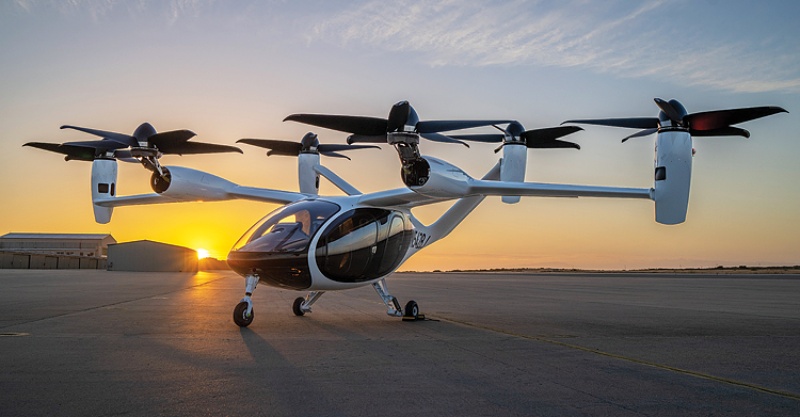Toyota is making a significant additional investment of $500 million into Joby Aviation, a startup focused on developing air taxis. This new funding will support Joby’s efforts in gaining certification and ramping up commercial production of its electric vertical takeoff and landing (eVTOL) aircraft. Toyota’s total investment in the California-based company now reaches $894 million, with its initial investment dating back to 2018.
The new $500 million investment will be delivered in two separate payments, each worth $250 million. The first installment is set to be completed this year, with the second scheduled for 2025. Additionally, Toyota and Joby will form a manufacturing alliance to aid the first commercial phase of Joby’s air taxi service. This partnership builds upon an agreement signed in 2023, in which Toyota agreed to manufacture powertrain components for the eVTOL aircraft.
Founded by JoeBen Bevirt in 2009, Joby Aviation remained largely unknown until it secured a $100 million funding round in 2018. That round featured contributions from notable investors, including Toyota, Intel, and JetBlue. The influx of capital helped Joby to advance its prototype development and carry out test flights on a private airfield in Northern California. Impressed by the progress, Toyota decided to deepen its involvement by sending engineers to collaborate with Joby on the project.
Joby’s fully electric aircraft features six rotors and can seat five people, including the pilot. It can take off and land vertically like a helicopter, then transition to forward flight using its tilt-rotor system. According to the company, the aircraft can reach speeds of up to 200 mph and cover distances of 150 miles on a single battery charge. Additionally, Joby claims that its eVTOL is 100 times quieter than traditional airplanes, making it an attractive option for urban environments.
Recently, Joby conducted demonstration flights in Manhattan, showcasing the future potential of its air taxis. The company plans to begin flying commercial passengers in cities like New York and Los Angeles by 2025, signaling a new era for urban air mobility.
- A new product-browsing feature has been added to ChatGPT - April 29, 2025
- Tejas Networks and Freestream to Partner with HMD, Lava for Direct-to-Mobile Phones - April 29, 2025
- Nani will cast in Mahabharata, the dream project of SS Rajamouli - April 28, 2025



